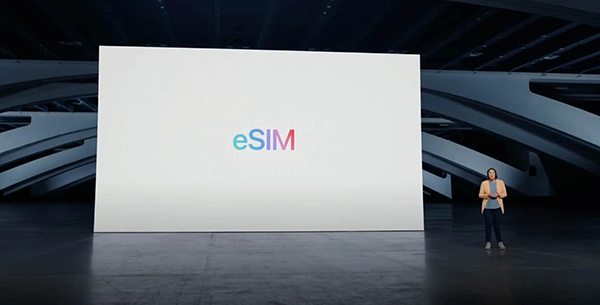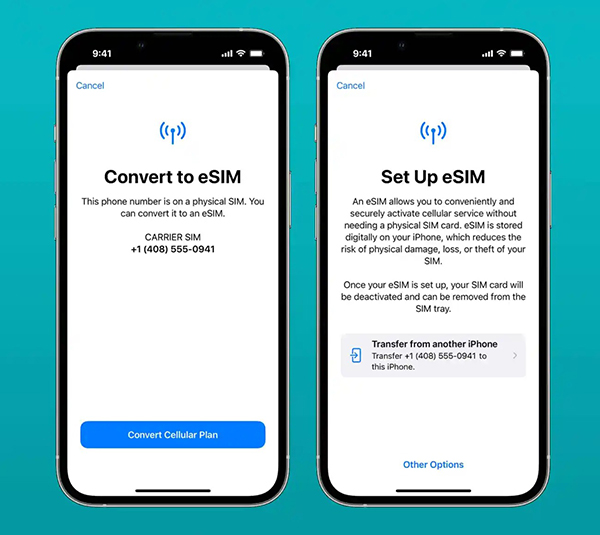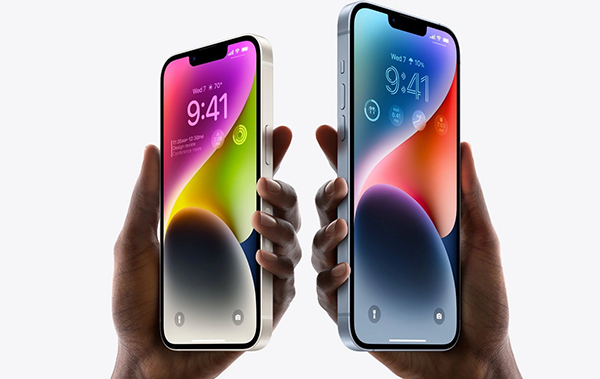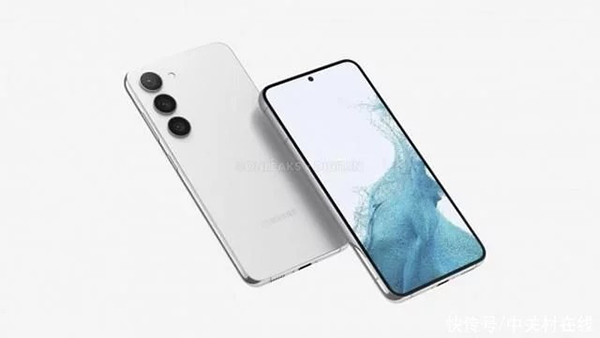
What is eSIM on iPhone?
An eSIM is an industry-standard digital SIM that allows you to activate a cellular plan from your
carrier without having to use a physical SIM. You can install eight or more eSIMs on an iPhone
and use two phone numbers at the same time.
An embedded SIM, or eSIM, cannot be removed. It’s a programmable SIM card that’s physically
connected (soldered) to your smartphone’s motherboard. It does everything a removable SIM
card does, but you can’t physically remove it — at least not without breaking open the phone
and unsoldering the chip.
What you need
An iPhone XS, iPhone XS Max, iPhone XR, or later;
A wireless carrier or worldwide service provider that supports eSIM;
Your new iPhone needs to be connected to a Wi-Fi network.

When Apple introduced the eSIM
Apple introduced eSIM in 2017 with the Apple Watch Series 3, the first LTE-capable Apple Watch.
While the Apple Watch uses eSIM exclusively, when the iPhone XS and iPhone XR debuted the
following year, Apple added eSIM to complement the physical SIM card slot and offer support for
two phone lines. Apple also added eSIM to the 2018 iPad Pro, although it didn’t remove the phy
-sical SIM card slot; eSIM was offered as an alternative for those who preferred to use that to set
their iPad up for cellular service instead of a physical SIM.
eSIM on iPhone is not offered in China mainland. In Hong Kong and Macao, some iPhone models
feature eSIM.

iPhone 14 US version uses eSIM
Good news is Apple canceled the physical SIM card slot on the US iPhone 14 series and switched
to eSIM cards. It seems that this will be the development trend of smartphones in the future.
Samsung Galaxy S23+ may use eSIM
Samsung seems to have adopted a similar scheme to remove the SIM card slot from the phone.
The leaker OnLeaks shared a set of high-definition renderings of the Samsung Galaxy S23+.
No matter from which angle, no SIM card slot seems to be found. This may mean that Samsung
is also preparing to launch a slot-less version of the Galaxy S23+, possibly for the US market.

Summary
This also means that in the future, more and more smartphones may adopt the eSIM card design,
after all, this design can further utilize the internal space of the mobile phone. However, from the
perspective of the layout of global operators, the advancement of eSIM cards may not be parti-
cularly fast.
